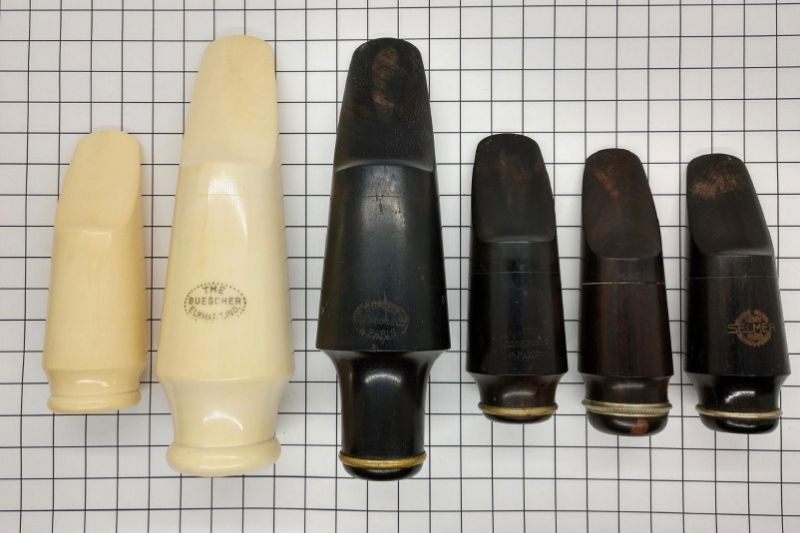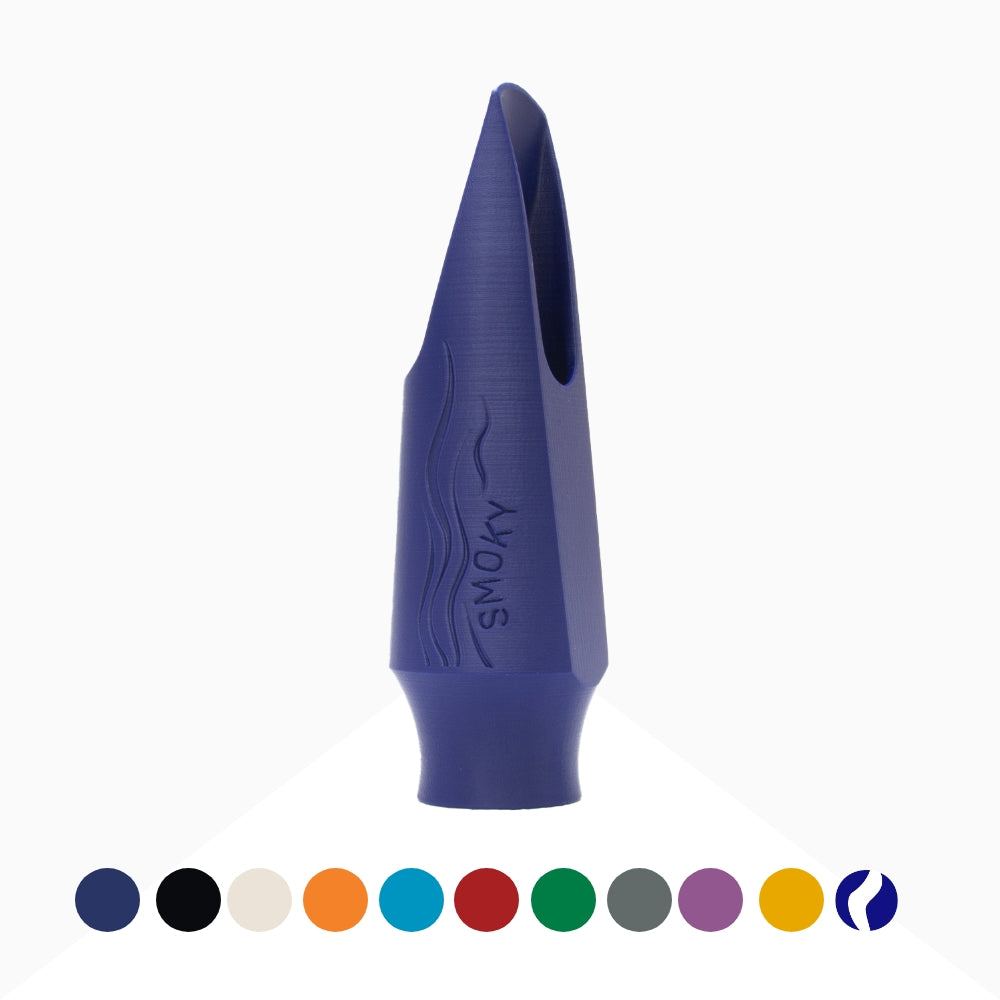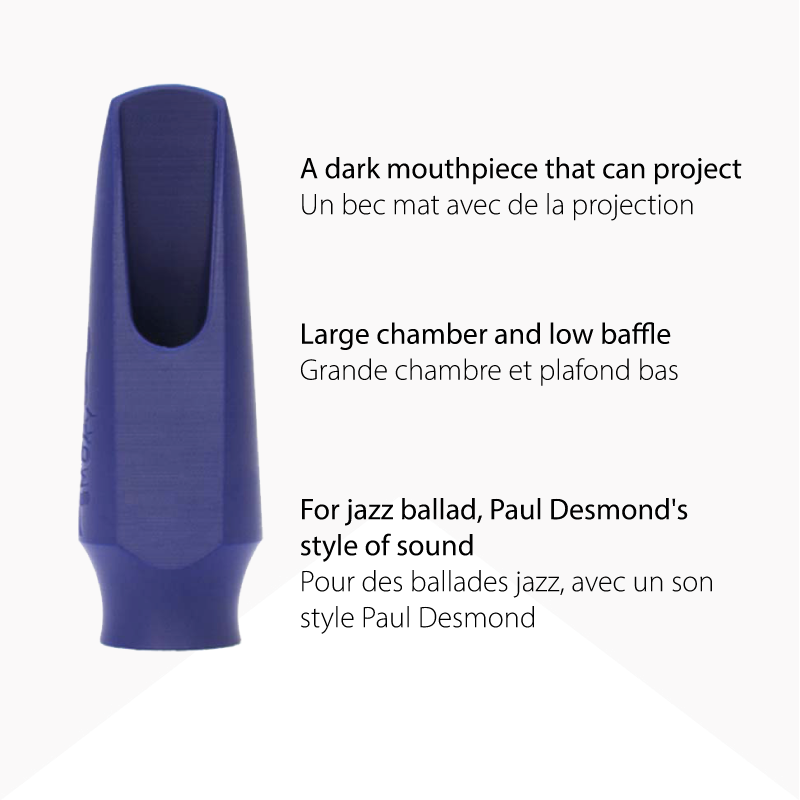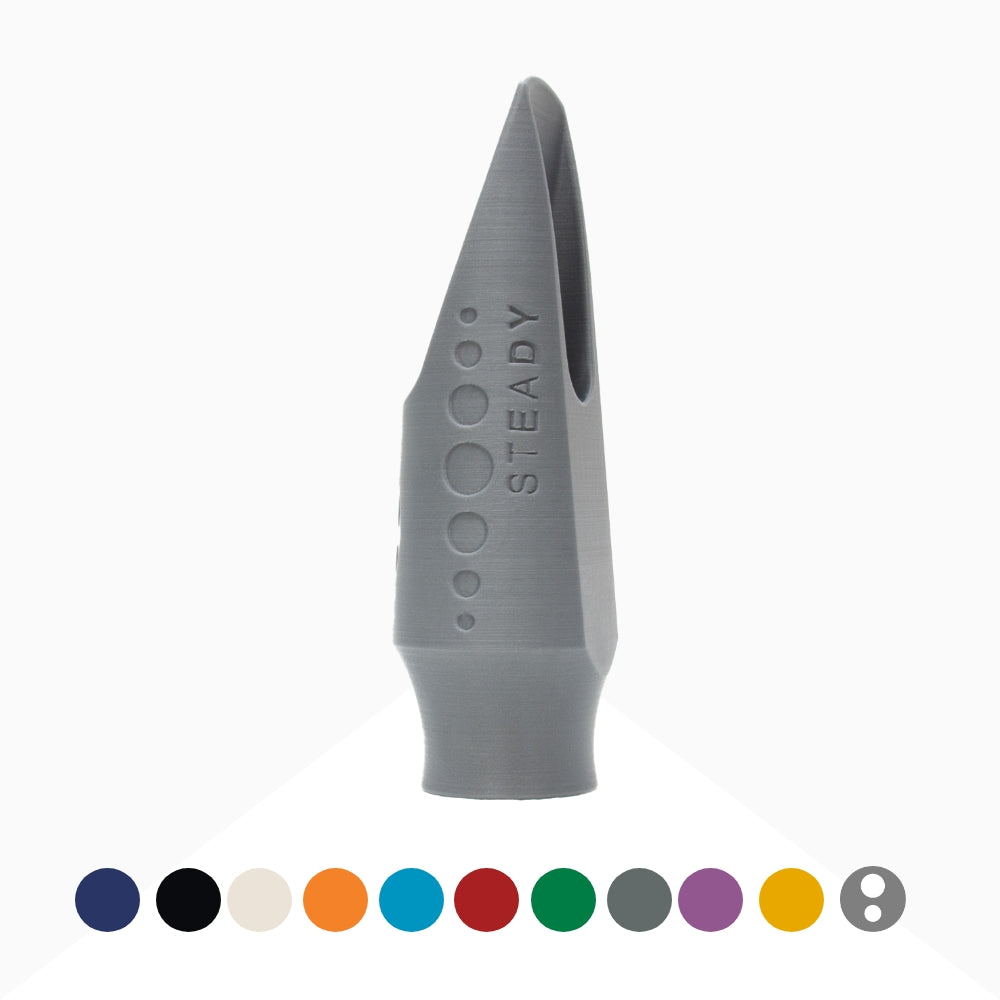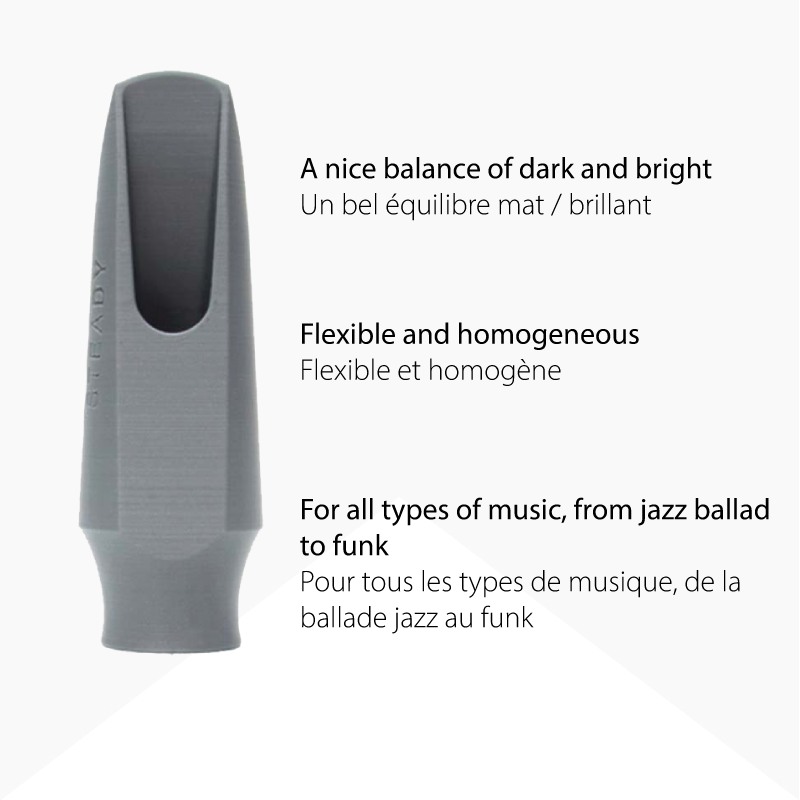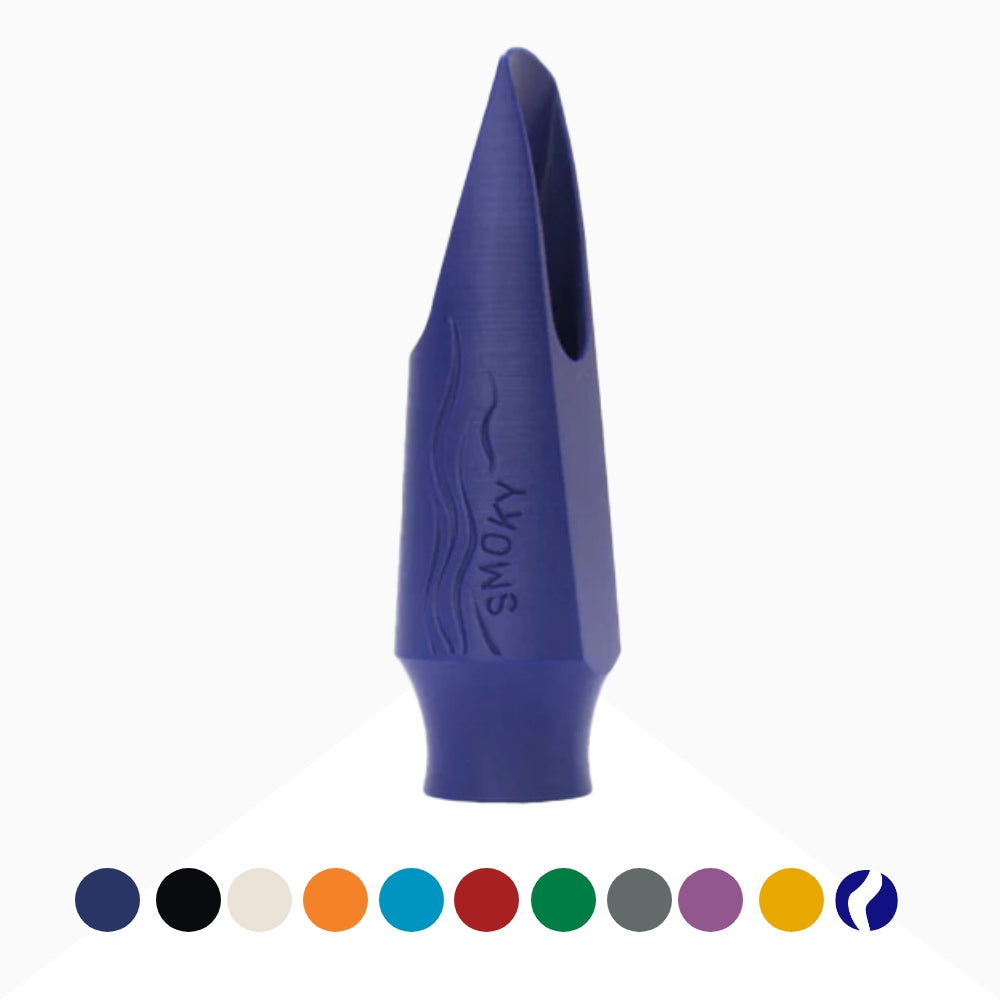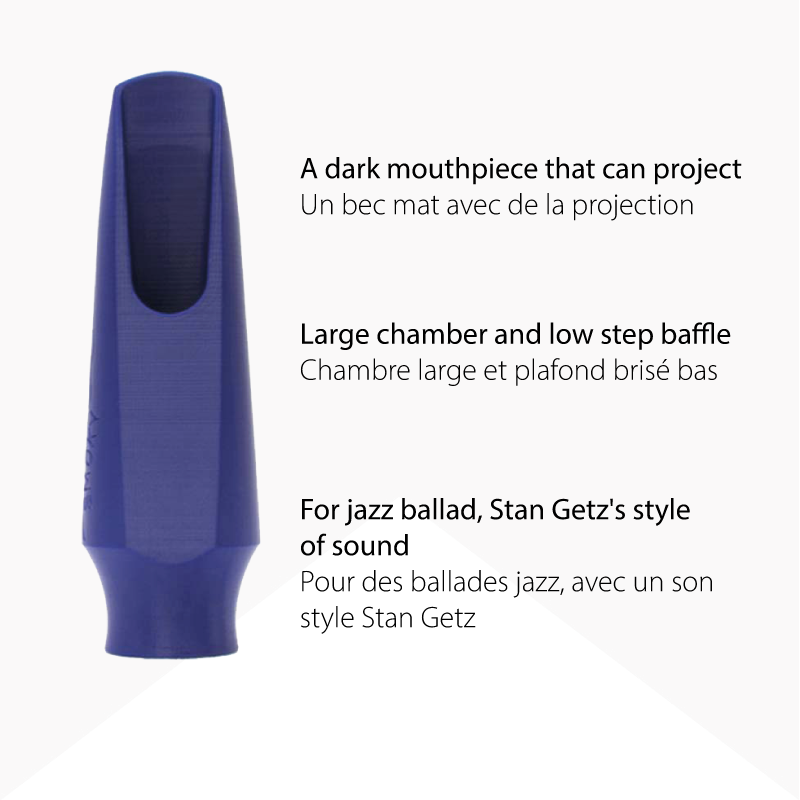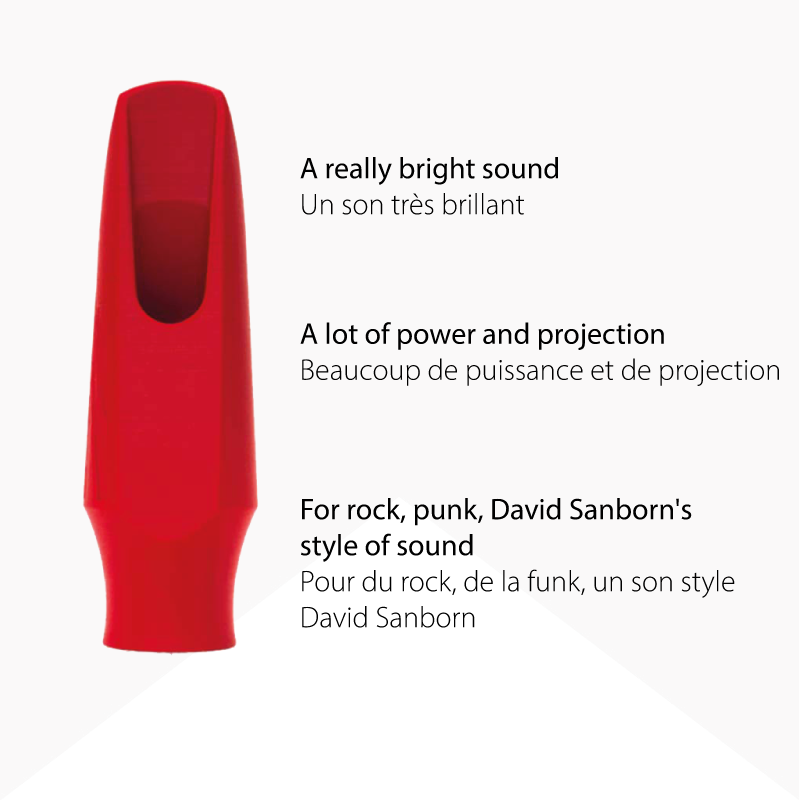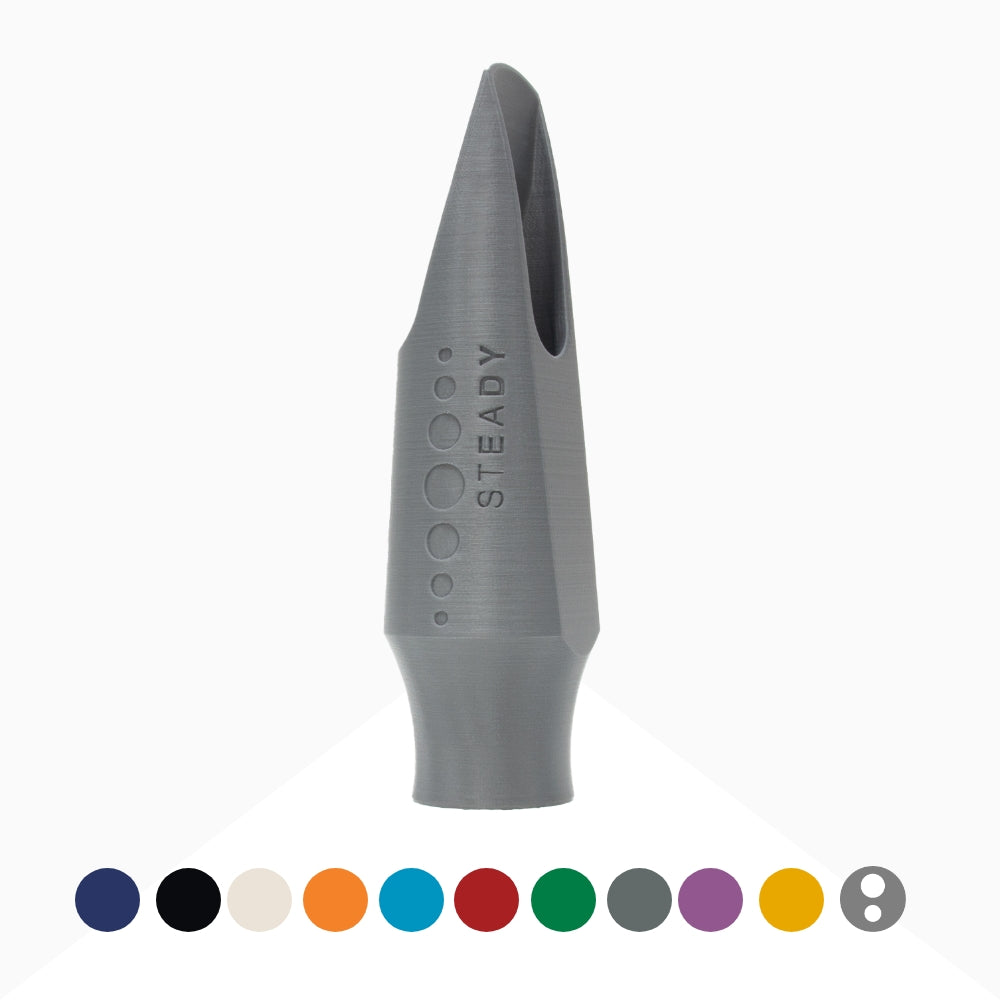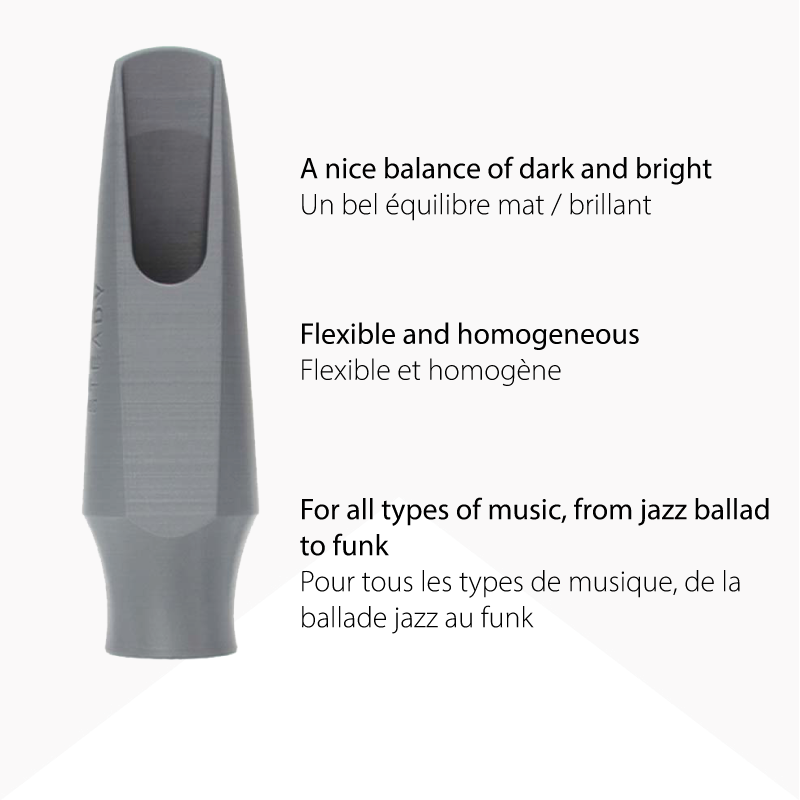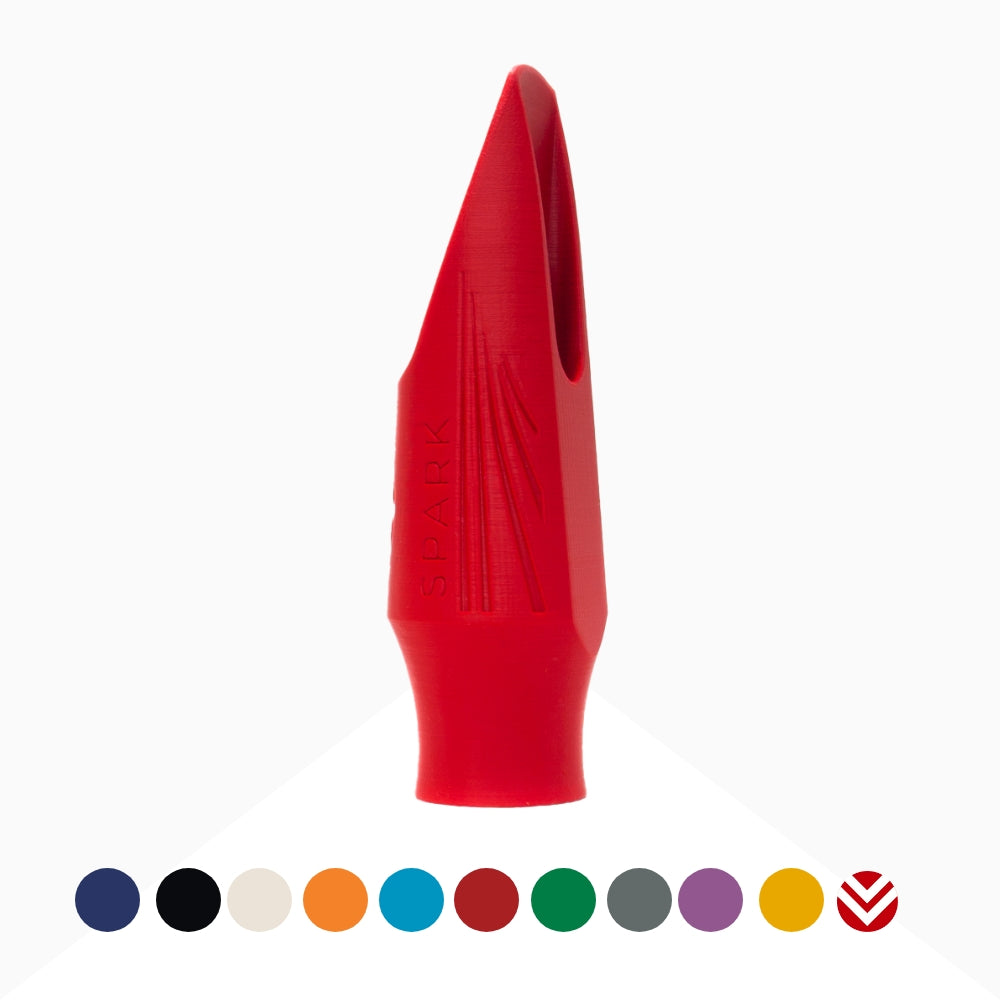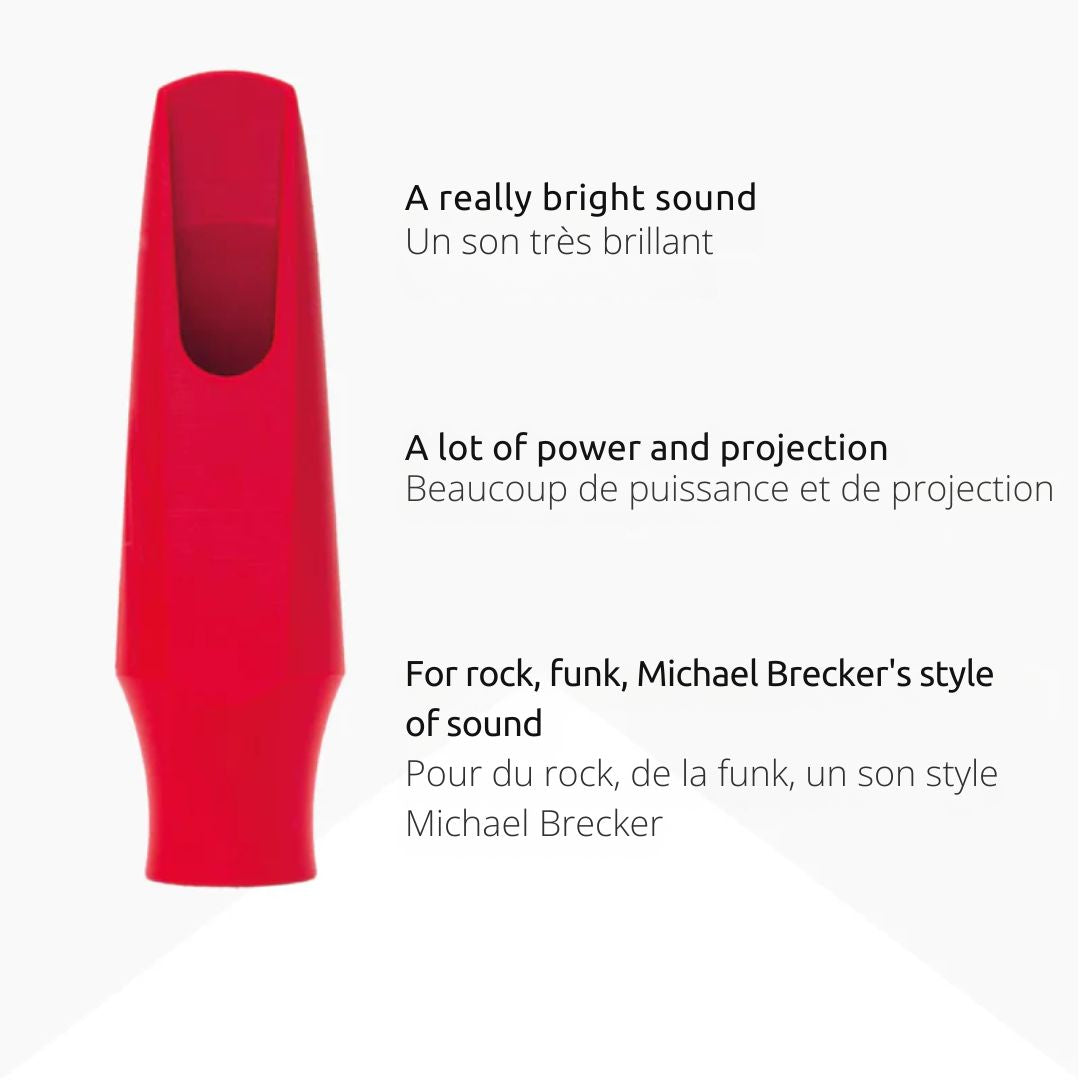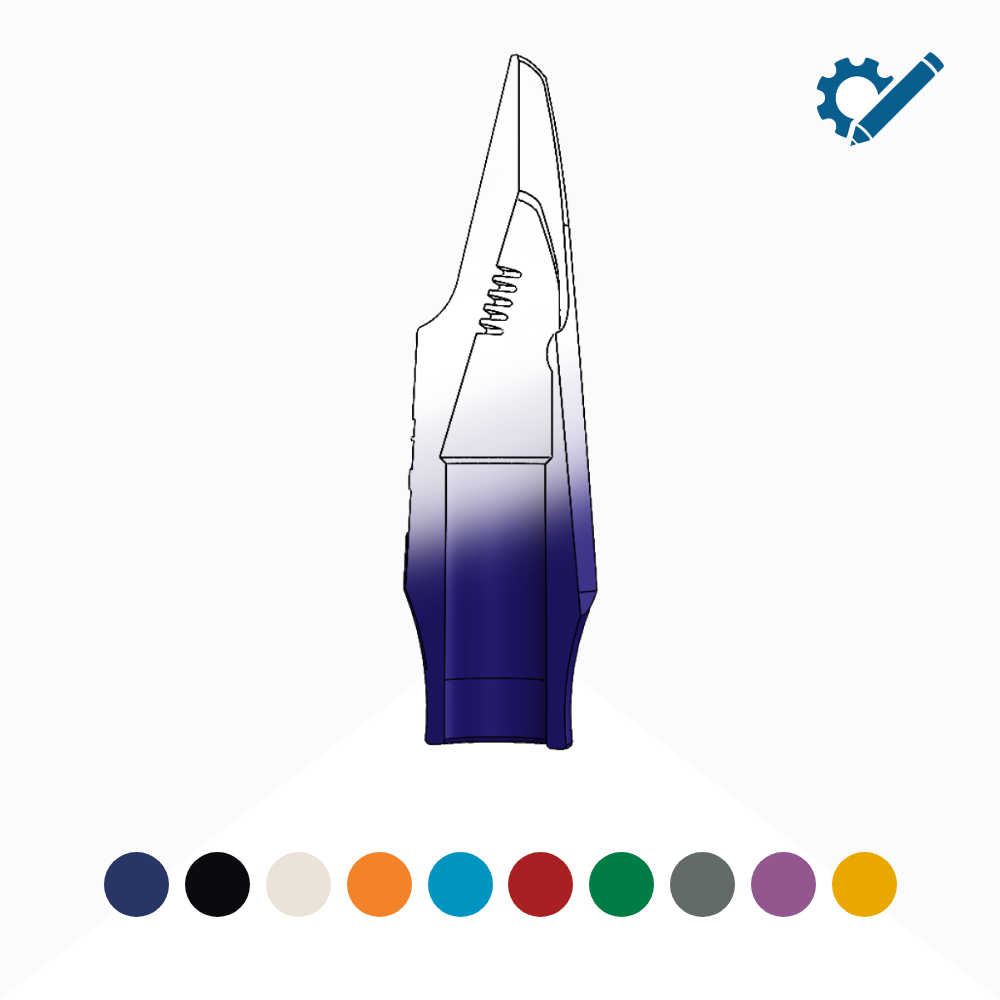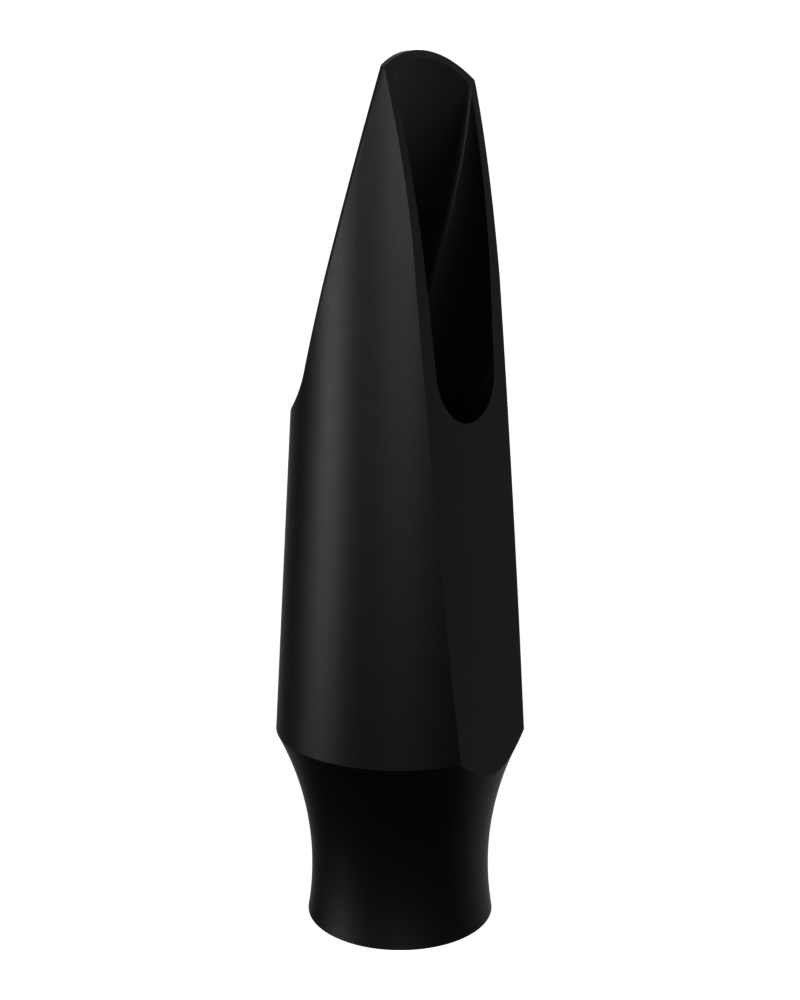There is a lot of controversy about why hard rubber is used to make saxophone mouthpieces. A lot of people think that it has been chosen for its "resonant" property. But is this really true? While I was doing my research on the materials, I came across this really interesting paper by Timothy R. Rose, titled "The Early Evolution of the Saxophone Mouthpiece" and published in the Journal of The American Musical Instrument Society. So I made a summary for you.
The Early Years: Natural Materials
In the beginning, saxophone mouthpieces were crafted from natural materials:
- Wood: Primarily ebony and granadilla (African Blackwood) were used. These wooden mouthpieces often featured metal shank rings to prevent splitting when pushed onto the saxophone neck.
- Ivory: Both elephant ivory and hippopotamus teeth were utilized. Ivory mouthpieces were prized for their stability and durability.
- Bone: Though less common, bone was also used in early mouthpiece construction.
These natural materials, while traditional choices for instrument components, had drawbacks. Wood was prone to warping when exposed to moisture, and ivory was expensive and limited in supply.
The Rise of Hard Rubber
By the late 19th century, hard rubber emerged as a game-changing material for mouthpiece manufacturing:
- Hard rubber, or vulcanized rubber, was discovered almost at the same time as the saxophone was invented. The saxophone was patented by Adolphe Sax in 1846, while hard rubber was patented by Nelson Goodyear in 1851.
- Hard rubber is often called ebonite because it's black like ebony, and many people confuse the two materials. This similarity in appearance might contribute to misconceptions about its acoustic properties.
- This material offered stability, durability, and cost-effectiveness compared to traditional materials like wood and ivory.
- By the early 1900s, hard rubber had become the dominant material for saxophone mouthpieces.
- It allowed for mass production through casting and molding techniques, meeting the growing demand for saxophones.
The choice of hard rubber for mouthpieces was primarily driven by practical considerations rather than acoustic properties. Its resistance to warping when exposed to moisture, unlike wood, and its ability to be mass-produced made it an ideal material for mouthpiece manufacturing.











